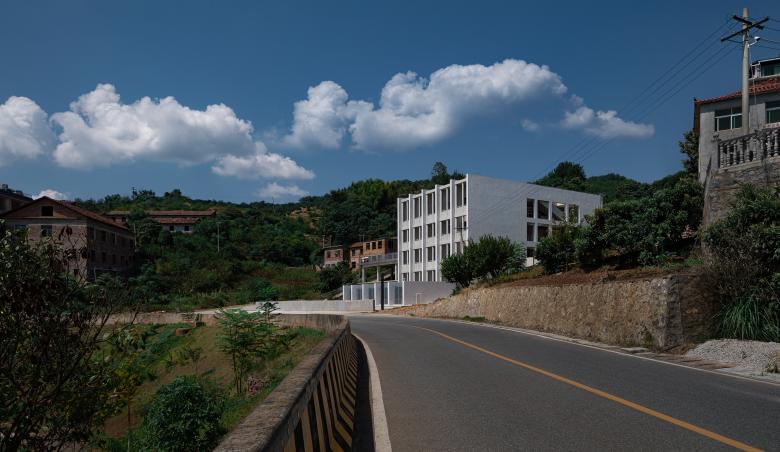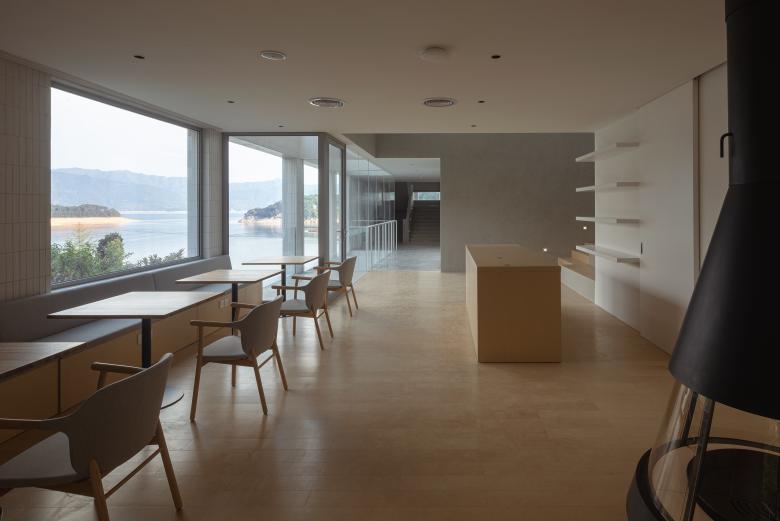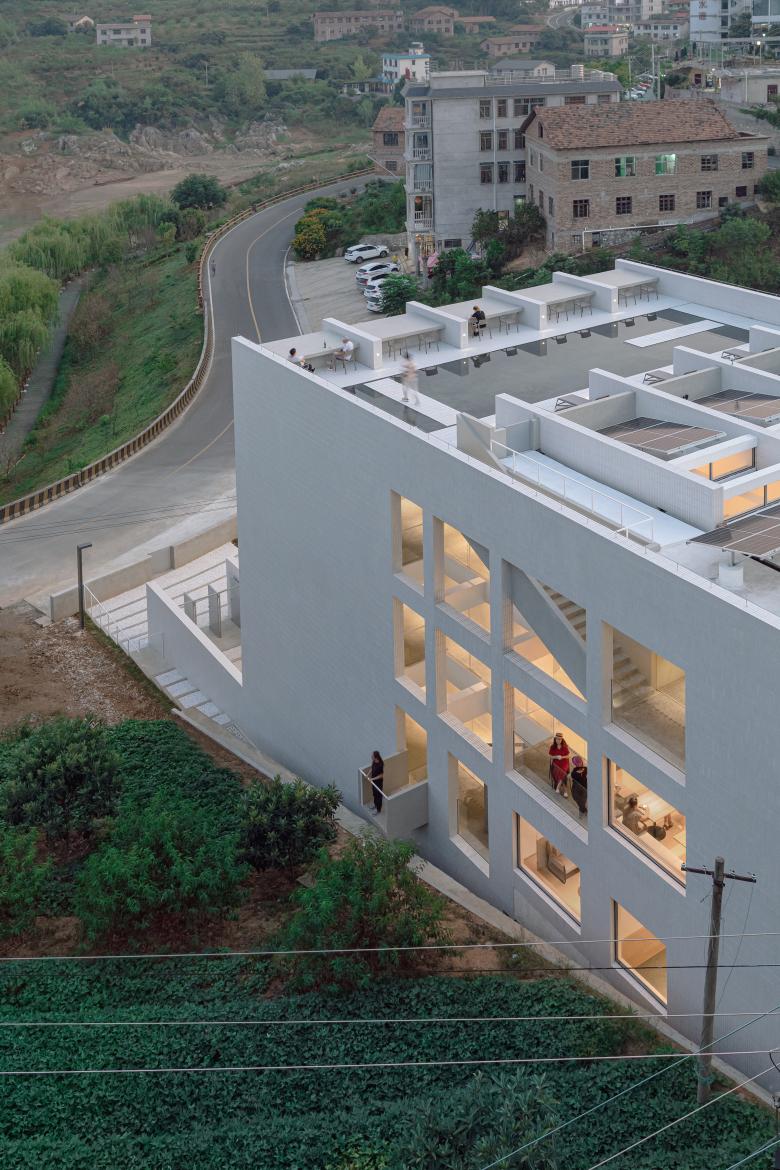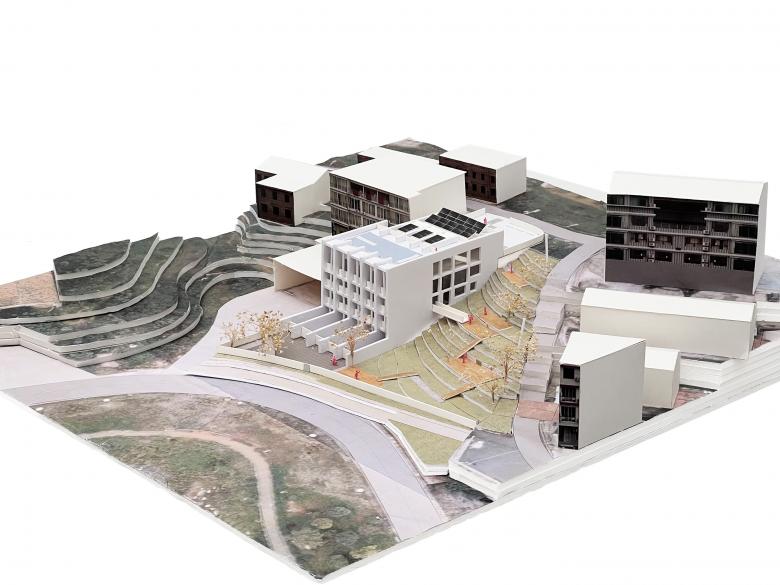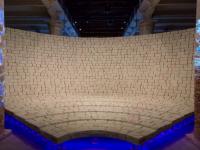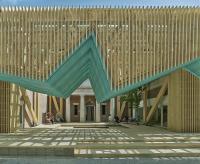Begonia Inn
Chenzhou, China
Take a closer look at Dongjiang Lake on the map and it shows that it consists of two parts: Dongjiang Lake Scenic Area and Dongjiang Reservoir. Reservoir, which is the ‘lake’, began construction in the middle of the last century and started impounding in August 1986. Dongjiang Lake controls 4,719 sq.km watershed area which accounts for 39.6% of the Lei Shui area.
The unique feature of Dongjiang Lake is its water temperature. Groundwater below 157 meters of the dam flows into Dongjiang Lake, keeping its water temperature at 4℃ to 12℃. In the early morning or nightfall between April and October each year, people are always amazed by the mist spectacles on Dongjiang Lake due to the temperature difference of cold water and warm air.
Bailang Town is situated in the north of the narrow north-south direction of Dongjiang Lake. The scenic area lies on the western side of the lake, most hotels, B&B, and local houses are located along the western shore. Dongjiang Lake is the core tourist resource of Zixing City, which is geographically located at the junction of Hunan, Guangdong and Jiangxi provinces, lying in southern part of Hunan Province, and is a county-level city under the administration of Chenzhou City. It is about 30 kilometers from the urban area of Chenzhou to Dongjiang Lake scenic area. Dongjiang Lake becomes a must-see destination for those who touring Chenzhou.
Here is Begonia Inn. ‘A place for travelers to stay’ was the goal. Though some might not believe it. As journey itinerary is usually one stop after another, a hotel is just a place to stay overnight during the journey, isn't it? Begonia Inn is located in the south of Bailang town, the starting point of a tour circle of attractions such as Misty Little Dongjiang, Dongjiang Dam and the ancient karst cave. Bailang Town is also known as the ‘Little Erhai’, a name that brings to mind all the Dali legends while listening to the wind and viewing the lake. It is not the number of attractions that determines how long one will stay on a trip. Just stay, enjoy, and feel more, that makes time slows down.
The town’s history is not long but the imprint of the time is profound that everything relates with the lake. People lives off the lake and the population flourished. In the early years, most of them were fishermen, then they began tourism-related businesses since fishing closure. From residential houses built in the 1980s, to farmhouses that sprang up around in 2000s, and the roads, parks and other infrastructure developed in recent years, the historical and the newly constructed co-exist to form a contradictory yet vivid scene.
The original frame of Begonia Inn is next to a terrace field south side facing the lake, which is in fact, the house owner made use of half of the terrace to build the 'house'. Houses like this are common in the village. The subtle relationship could be read between the buildings, the terraces and the village.
The architectural frame is divided into X-axis and Y-axis from east to west and south to north, representing publicity and hotel private rooms respectively. Surroundings by the building would be described by such terms as terraces, lake, trees, and parks etc. Besides the terms, on the X-axis, limited landscape is segmented by almost total transparent public spaces including the villagers’ houses, unfiltered, and revealing their different natures, in this way, village atmosphere both indoors and outdoors could be felt by living in an urban hotel and experiencing the rural.
Village and terraces ‘enter inside’ as landscape from the both directions of the gable walls of the building. The public area of the hotel are also visible to the villagers. Although the physical segmentation between the people inside and outside is conducted in the same way as the house in the terraces, people could be mutually perceived through the display of different activities, and this ‘knowing each other’ removes the sense of strangeness between them. Urban and rural activities unfold in contradiction.
Accommodating large public space in this modest hotel, with extraordinarily scaled steps, stairs, walkways and atriums, is a unique way of making the hotel travelers ‘stopover. Such lots of public spaces make multiple choices for guests, just like home.
On the other hand, 16 standard guest rooms are divided by five pieces of walls paralleling on the Y-axis, much more in connect with human scale. They are all south-facing, with decent façade, adequate inner space of 35 sq. meters to accommodate furniture, their balconies, also based on smaller scale, and are divided by columns, offering options of sitting or standing and leaning. Different heights are applied to bring this feeling of ‘disappearing ceiling’.
Let's start the hotel tour by taking a nicely arranged way of arrival: driving up along the hill to its halfway, the hotel in view, car parking on the north side, and then comes to the reception which is at the 4th floor of the hotel. Catching a first sight of the lake, guests may either go up to the rooftop lounge where they could enjoy some drinks in cozy chairs or go through foryer into the atrium. They could already sense the nature view on the X-axis. The public space is wide enough to overlook the dining area downstairs.
Going down to the 3rd floor reaches the dining area that meals and coffee are served. The dining chairs seems to be the same level with the lake, as sitting by the lake. There is also a warm fireplace area suitable for sitting around and chatting, while a multi-function room with independent outdoor terrace is reserved for workshops or seminars on the northeast side.
There is one family suit on the 2nd floor, while the east side of the walkway features an open balcony leads to the Terraces outside.
Guests could find media room and children’s play room on the ground floor. The 4 guest rooms facing south are with garden-view. Opening the three doors of the private garden, the outdoor garden could be reached.
Looking from distance, the architectural presence of the hotel is strong yet the perception between the hotel and the village are sensed. White glazed and rich textured ceramic tiles are selected for the overall façade and interior public space walls, with similar scale to that of the local dwellings, brings the building a particular light and shadow effect. In addition to the original frame, a new central space has been built into the structure, as well as a cast-in-place concrete balcony on the south side to complement the guest rooms. The building is constructed in such a way as to change the character of the space.
By the lake, this urban hotel is constructed with locally familiar materials. In such a way as to seek dialogue, contradiction and symbiosis with the environment on a daily basis.
- arkkitehdit
- atelier mearc
- Location
- Chenzhou, China
- Year
- 2021
- Client
- Yu Hui
- Team
- Zhou Wei, Ye Jiahuan, Deng Xian, Wu Xueting, Zhou Yejiong, Liu Zheyu (intern), Bai Lu (intern)
- MEP Consultant
- Sanjiang MEP Consulting
- Lighting Consultant
- Mischen Lighting Design
